
Tripoli is Lebanon’s second-largest city and despite being one of its poorest, it is rich in diversity and is a beautiful city to explore. There are always new places to visit and new things to do and a sense of community in the city. I’ve been going to Tripoli for 15 years or more and I discover a new thing to do or a new place to visit almost every time so I decided to compile all these activities into two blog posts based on my past experiences and a little help from my good friends and Tripolitans Natheer, Hayat and Zaher.
1- Visit Tripoli Mina:
 Picture by Abir Kassem
Picture by Abir Kassem
Enjoy the beach and the kiosks lined up along the coast offering warm drinks and occasionally some delicious Tripolitan Ka’ak. Some of them even have chairs and tables to relax and enjoy the vast view. The old alleys in Mina in both Christian and Muslim neighborhoods, the architecture, the bright colors, the green everywhere. Restaurants in Mina that range from small no-seater sea food shops to big glamorous restaurants with fancy menus, mostly with sea food.
In this region, there are always visible aspects or events presented by the Mina Peace Committee. This organization aims to ameliorate the city on different levels, as well as encourage relationships between people in order to build a safer and more peaceful environment.
2- The potteries in Mina:
 Source
Source
The potteries in Mina are considered to be the last in all of Lebanon. Unfortunately, there’s only one pottery out of these 3 that still makes its own clay these days (Abou George) while others buy the clay. I think the Ministry of Tourism should encourage and train artisans to preserve this tradition and keep the pottery trade alive.
3- The Hammams in old Tripoli:

The Hammams in old Trablos, the Turkish baths, with only one still working (Hammam al Abed) and three more open for visits. Hamman al Abed was built in the 17th century and its interior is quite impressive. Hamman Al Jadid is the largest and Tripoli’s best-preserved Hamman so make sure you visit it even though it’s not operational.
4- The big mosques and churches in both Trablos and Mina:
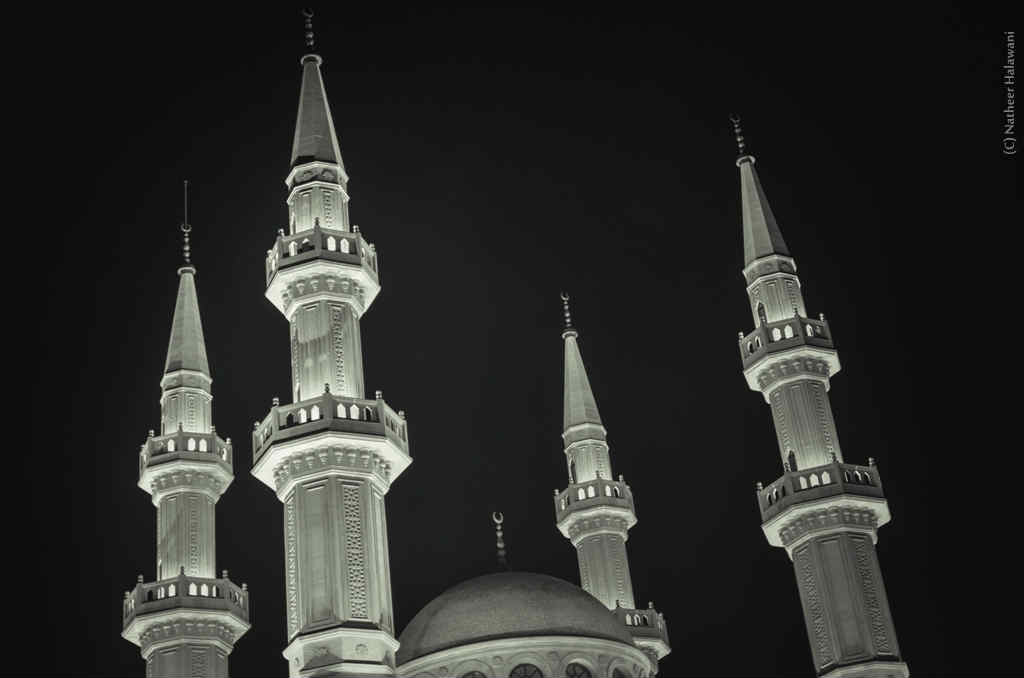 Picture by Natheer Halawani
Picture by Natheer Halawani
The big mosques and churches in both Trablos and Mina, which are plenty. Usually mosques and churches share the same wall in mixed areas. Even streets in Muslim parts have names of saints, while others in Christian areas have Muslim names. The Great Mosque, Abu Baker Al Siddik Mosque, Al-Bertasi Mosque, the Taynal Mosque and The Cathedral of St George (Al Mina) are worth visiting. There’s also a church street where you can find the oldest Maronite church in Tripoli, St Micheal which was built in 1889. The oldest church in Tripoli is Saydet al Hara in Tabbaneh which dates back to the 13th century.
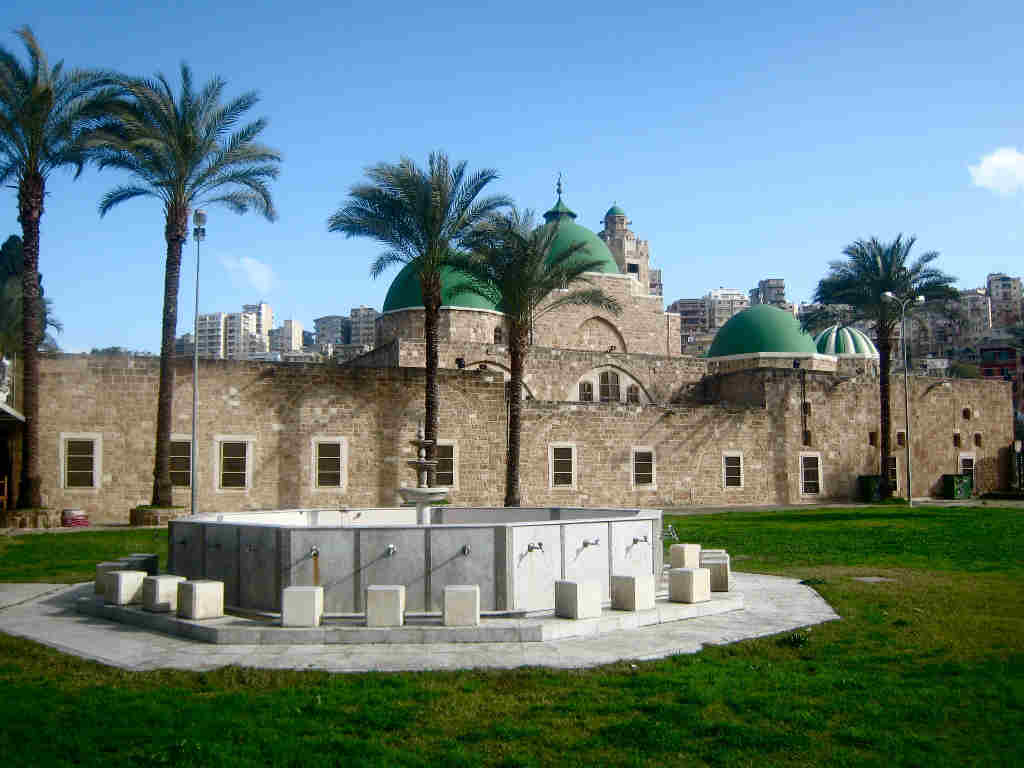 Typical of Mamluk architecture, the Taynal Mosque was built on the site of a ruined Crusader Carmelite Church – Picture via Wiki
Typical of Mamluk architecture, the Taynal Mosque was built on the site of a ruined Crusader Carmelite Church – Picture via Wiki
5- The Old Souks:
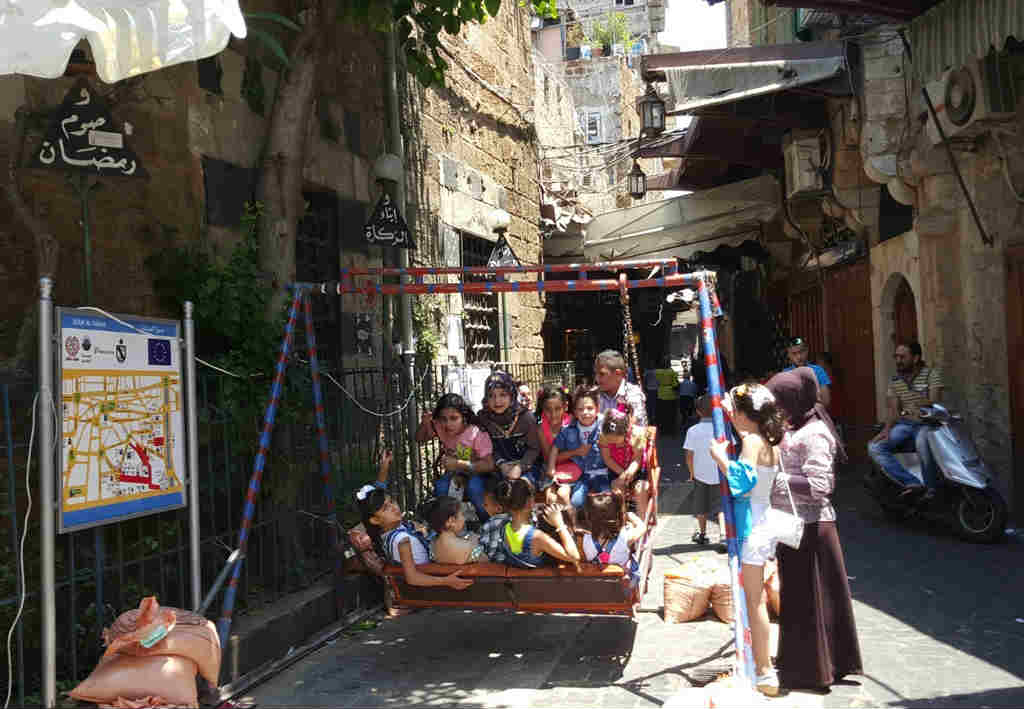
The old souks that sell all sorts of merchandise: Vintage clothes, second hand clothes, soap, gold and silver, furniture, shoes, vegetables, fruits, fish & meat etc. It’s fun to walk around the souks and discover the hidden parts of the city.
For the past years, The Old souks committee (lijnat el aswak el Kadima) has been working on cheerful renovations, friendly environment ameliorations as well as fun outdoor performances in order to make the Old Souk a more enjoyable and peaceful visiting spot for all ages, especially children.

In addition to the heartwarming results caused by the old souk Committee, a band called “One Voice Team” has been nothing less than active in this northern city of Lebanon. Scared by the pain and the fear they see around them, this band of three musicians encourage the society around them through heartfelt gatherings with children of all ages, as well as, as you can see above, joyful painting of staircases across the city which aims to bring people together and make the environment friendlier.
6- The Citadel of Tripoli
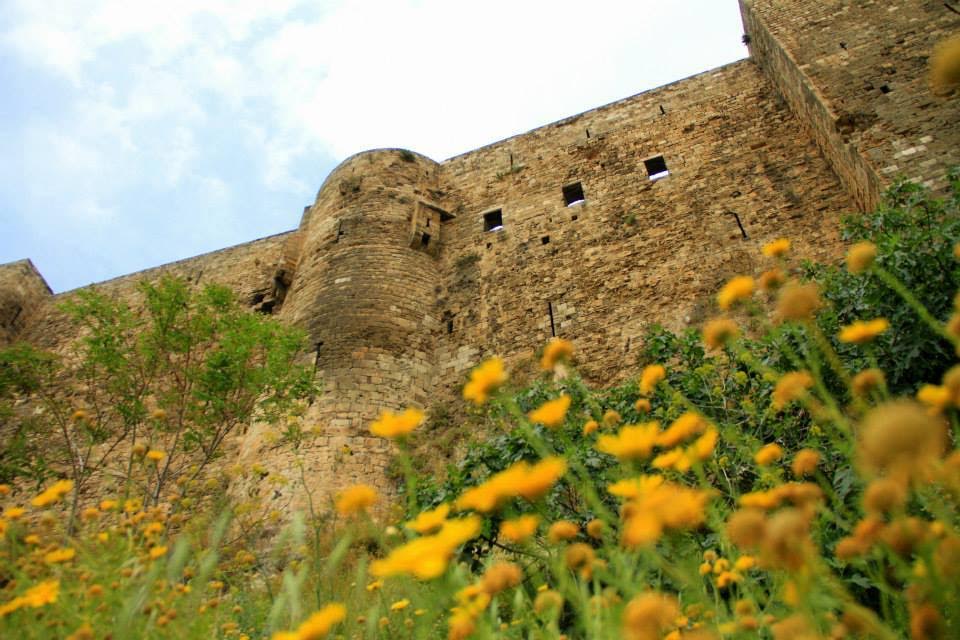 The Citadel By Taha Naji
The Citadel By Taha Naji
The Citadel is a huge castle that is 130 meters longs and 70 meters wide. It overlooks all of Tripoli and offers a great view of the city. The Tripoli Citadel includes an old hammam, three prayer houses, a jail, a stable for horses, wells, graveyards, 20 meter long towers and around 10 gates. The Crusaders, the Mamluks and the Ottomans occupied that citadel throughout the decades. [Source]
PS: The Lebanese Army has been using it as a base for security reasons but anyone can visit anytime.
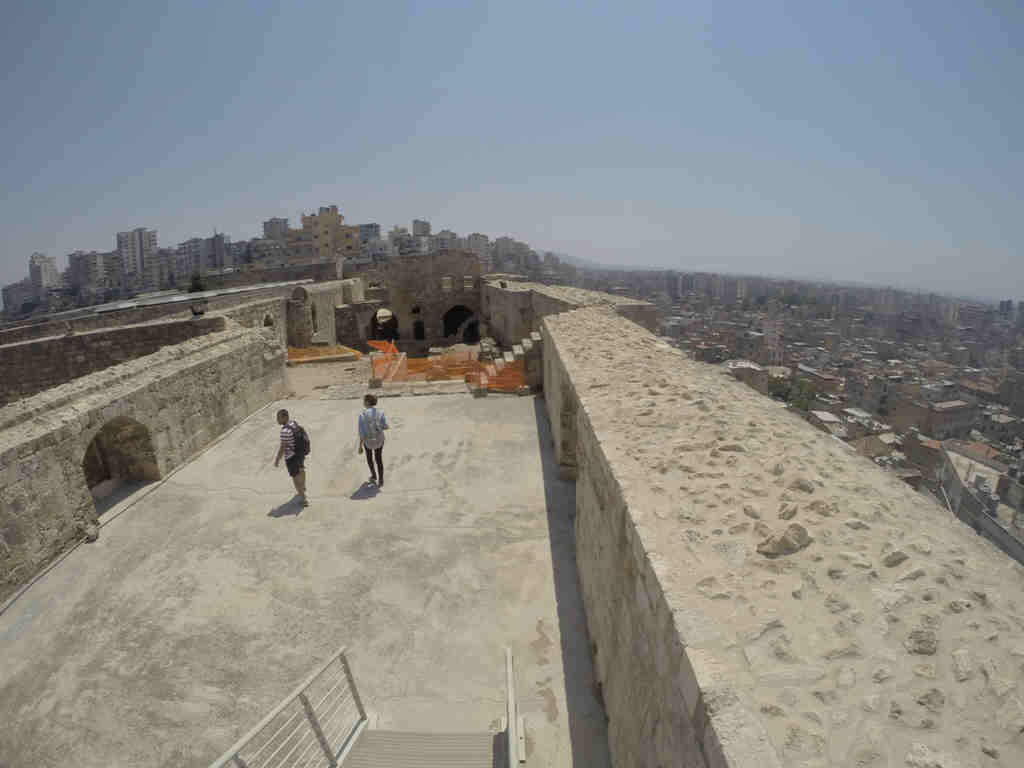
7- The hidden mosques in old Trablos:

The hidden mosques in old Trablos, usually the entrance would be one tiny door not wider than 1 meter, but the interior is so fascinating and sometimes extremely large. You should definitely visit Al Muallaq Mosque “Hanging Mosque” that is set on top of an arched passageway and is only accessible by a flight of stairs. The Hanging Mosque was built by Mahmud ibn-Lutfi, Ottoman governor of Tripoli during the reign of Suleiman the Magnificent.
8- The Soap makers:
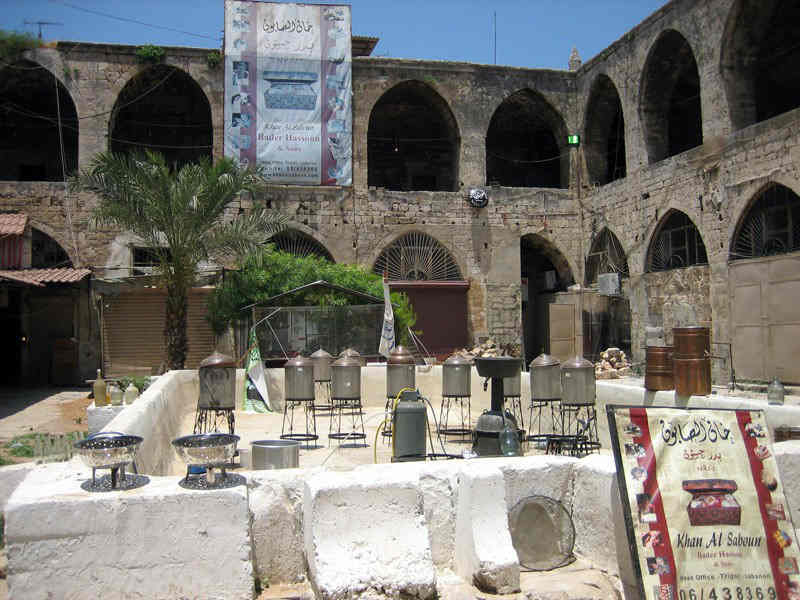
The soap industry is considered as one of the oldest industries in Tripoli. Soap factories were essential to the city’s economy as they used to produce hand-made soap to supply the tens of Hammams. Khan Al-Saboun (Soap Khan) is a well known historical place and a popular market for olive and olive-oil based products which include soap of course. The Soap Khan was originally occupied by Yusuf al-Saifi, Tripoli’s Pasha back in the 17th century, but after Tripoli fell to Fakhr-ed-Din, the Ottoman garrison fled and the Khan stood empty and useless until it was turned into a soap factory and warehouse.
9- The MANY sweets shops:
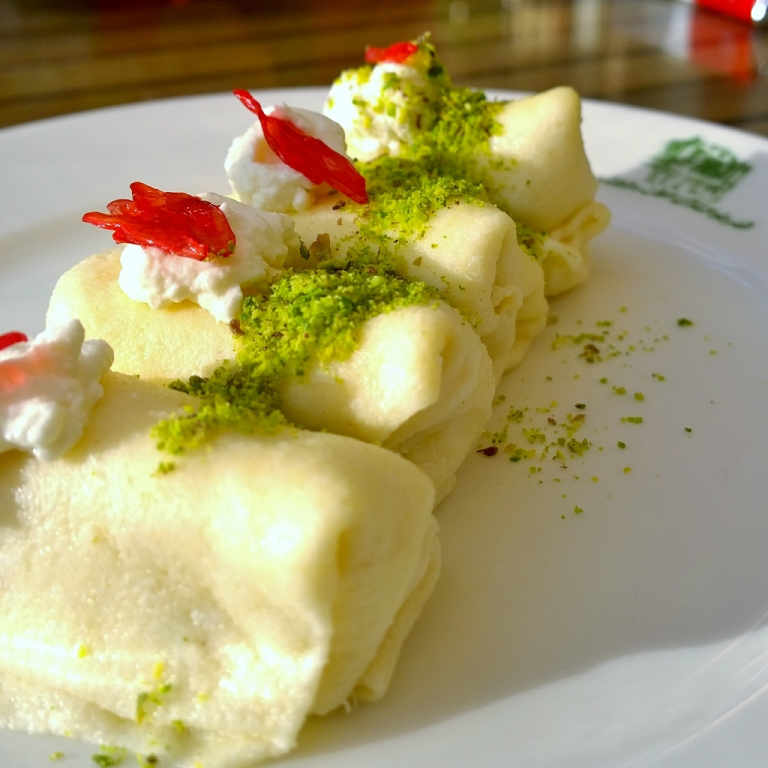
There’s a pastry shop almost on every corner in Tripoli. Sweets shops/names are famous -each- for one or two types of sweets only. People from outside Tripoli usually go to Qasr el Helou (Hallab), which I will mention in Part 2, but Tripolitans prefer going to small shops and try each shop’s speciality, just as the Shmaysi at Haddad.
10- Niemeyer’s Maarad, or the Tripoli Expo.
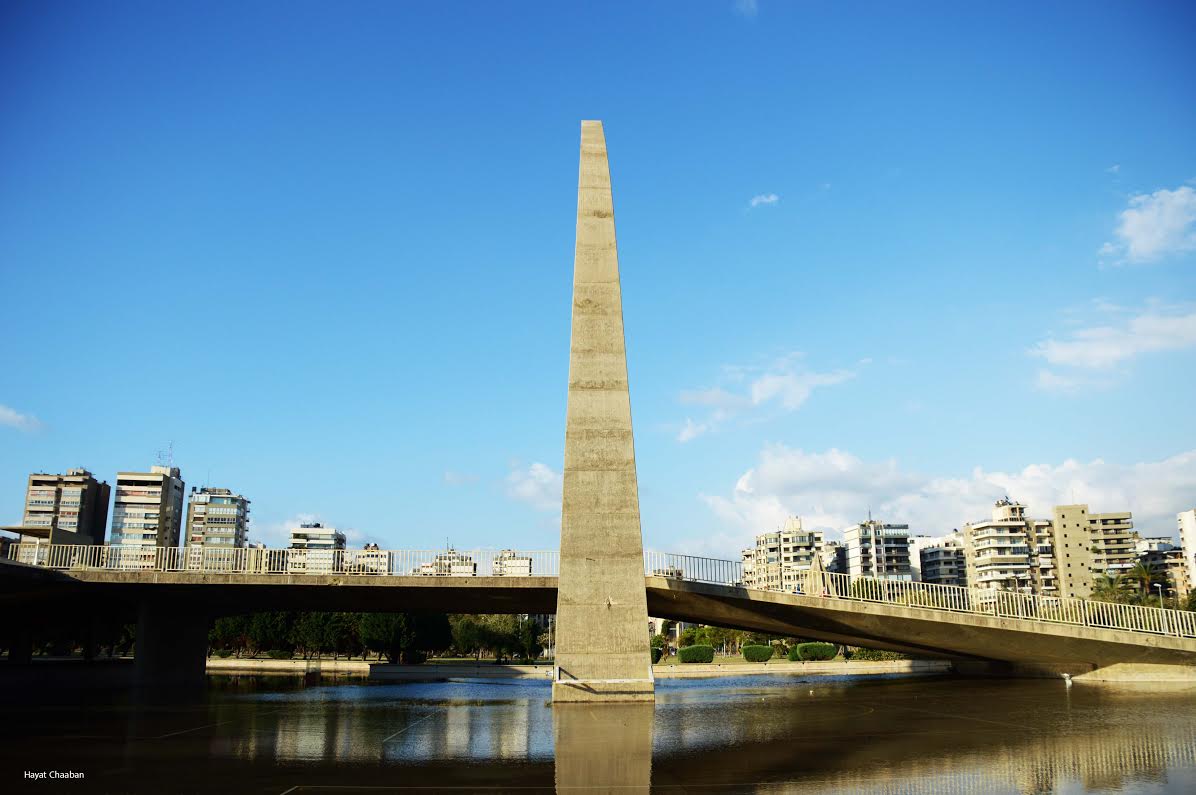 Maarad Rashid Karame By Hayat Chaaban
Maarad Rashid Karame By Hayat Chaaban
The Rashid Karameh International exhibition center may look like an abandoned place but it’s a breathtaking space designed by the famous Oskar Niemeyer. The Brazilian architect was chosen to design the Tripoli International Fair in the 1960s but he couldn’t finish his work due to the civil war. In 2006, the site was “added to the World Monuments Fund Watch List of 100 Most Endangered Sites after conservationists campaigned to preserve it when Tripoli’s chamber of commerce proposed turning into a tourist village theme park to be based on Disneyland. Its listing signifies the site’s historic importance, but does nothing to permanently protect it”. It’s quite an impressive “monument of architectural vision” that is totally worth visiting.
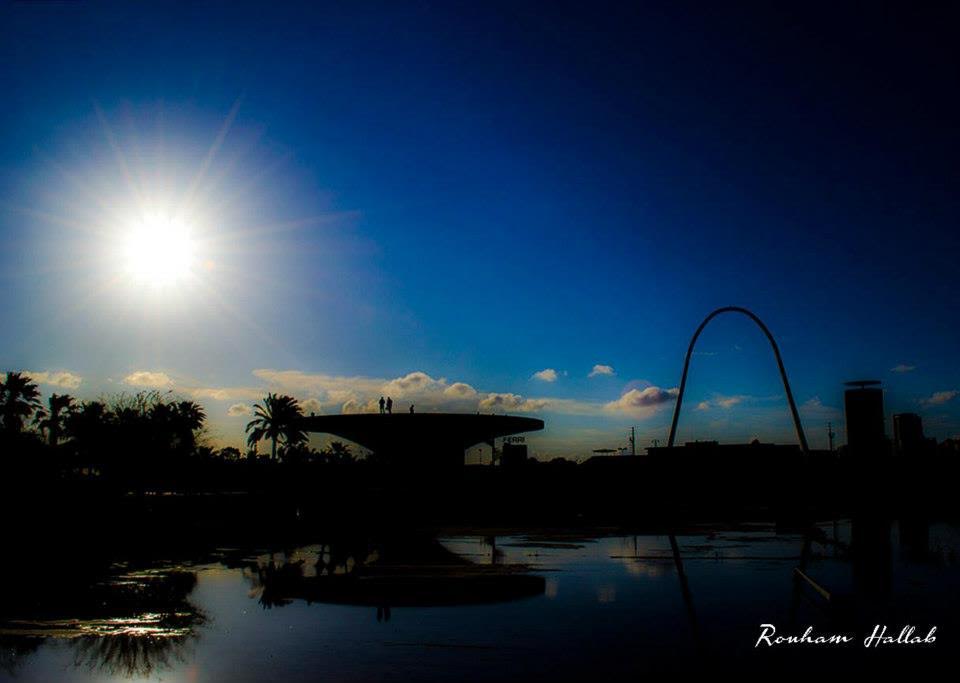 Maarad Rashid Karameh by Rouham Hallab
Maarad Rashid Karameh by Rouham Hallab
Part 2 will be up in few days.










You sure know how to oversell a city. Tripoli is ugly, dirty and uninteresting. Don’t trick your readers into thinking otherwise. Kaak and soap don’t justify the trip to this northern shirt hole. And Hallab has a branch in Beirut.
rou7 ya 7abibe nte7er abel ma tehki 3a tripoli akid enta wehed 3onsore ma btestehal yenrad 3lek
ne7na wled tripoli men lebnen iza 3arfin w ahsan men 8ayrna bi 10000 mara w 3ayshin bel mina eslem w masi7iye wala arwa2 men hek
fa rou7 sheflak hakim 3al kereh li 3emi albak
Yeah, right. The constant clashes between Jabal Mehsin and Tebbeneh are a testament to this so called coexistence you speak of. Not to mention that the biggest number of Islamists originate from your city. But anyway, that wasn’t my topic. I’ve been to Tripoli and found it very filthy and ugly, with little points of interest. It looks like an Indian slum, except it’s infested with Asir look-alikes. Tripoli should join Arsal and declare independence because they have nothing to do with Lebanon.
We all know the reasons why the clashes has started, and why it ended anyway?! Except u’re so ignorant to understand thats not my fault…u’ re right Tripoli should’ve been declaring independence for it has been treated as a 2nd class city since Lebanon was established, but it always preferred to stay the patriot city… btw, 3 trucks full of rubbish have arrived from jounieh to be put in tripoli… see how u still need Tripoli 🙂
If u came from Europe then you are right it’s dirty and chaotic… but if you are Lebanese then stfu because you stink w ri7etkon weslet lal sin. W blnesbeh lal jabal weltebneh unless manak ajdab bta3ref ena war2a eklimiyeh biarkowa mn bara w jowa w trablos ma khasa fiya. 3a ases ya 3ayni be2i lsha3b l lebneni 3ayesh in peace kl 3omro lek lsha3b l lebneni faza3 biba3do aktar mn de3esh rou7 s2al l mami wel papi ja3ja3 w 3on shu 3mlo bi ba3ed wkam da7iyeh bari2a matet w s2alon kamen 3an shu 3mlo l owet w bet franjiyeh aw shu sar ben 7ezb alla w 7araket amal … essa kl wa7ed mtl bitch by7kik 3an lsharaf w howeh ajdab w ahbal mn hek ma3ad fi. W 3a fekra akid li msawar hal sowar msh mkanas w mnadaf w 3amel photoshop lal sowar #ahyahabileh
I disagree. I visited Tripoli in 2005 and loved it. The souks were in good shape then, and great to explore. Hallab was a delight, but even the little fast food falafel places were wonderful. I loved the cafe by the square near El Tal, where people were very kind to me and recommended places to visit. A really nice man we met there took us up to the mountains nearby which were delightful. I was just reminiscing about Tripoli and had to explore it online when I heard on the radio about the twins painting Salam on top of buildings there. Check it out.
I enjoyed reading the site .
Although I’ve lived in Tripoli (35 y ago) for 2 and half year ,I was not familiar to all the places u mentioned.
Felt homesick and looking forward for part 2.
Negative comments will always be.
Tripoli is Tripoli ,nothing more nothing less
Thank you for your effort !
6 years ago I lived in Tripoli, and honestly I hace never thought of Tripoli as an interesting city or as having any interest at all, but after reading this article I felt like coming for a visit and trying to see a different side of the city … And it is beautiful! Well it’s not colombia or japan but it definitely has it’s charm.
I mean, when you’re feeling luke getting out of the city you can just go to the port and have to trip to the islands, or one of the many beach resorts. Stay at the Via Mina hotel in old Mina, which is a charming hotel. Wether you’re a man or woman put on a traditional abbayeh, get a history book and travel through time in the old Tripoli!
So how to say that ?
Tripoli is a great city, but it’s heart is conflicted! To see it’s beauty you have to make an effort, take a step back and see it from a different point of view!
Don’t be a snob, you are NOT coming in to see a modern, 100%perfect occidental or asian city. Rather you are taking a trip to an ancient city, with a lot of very different communities, trying to naviguate it’s way into a modern world and a new Lebanon. Things get bumpy along the way for sure. But it’s fucking interesting.